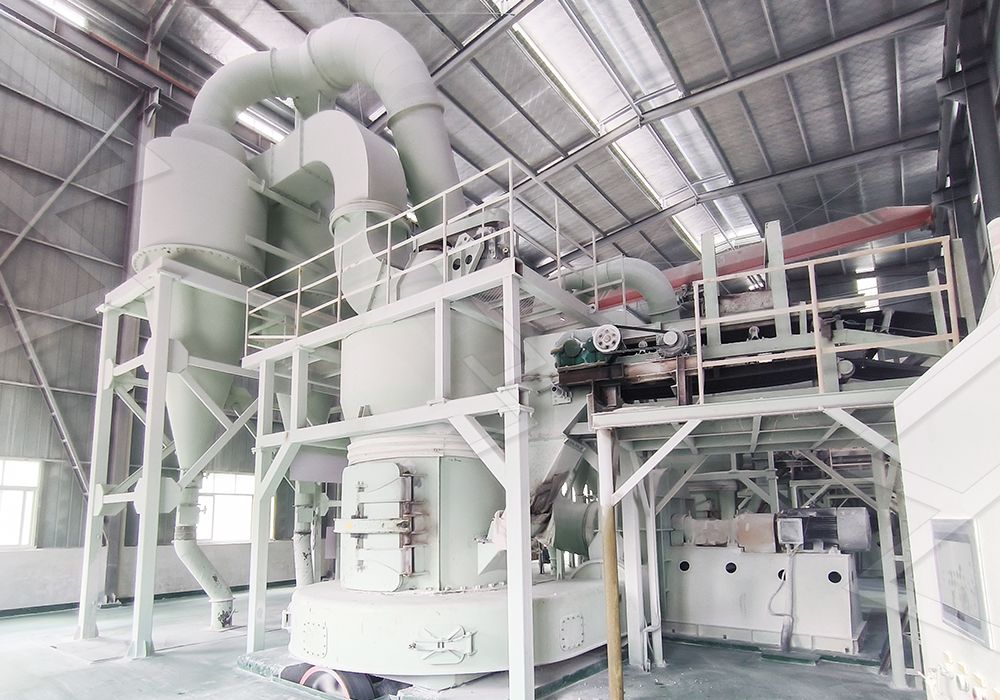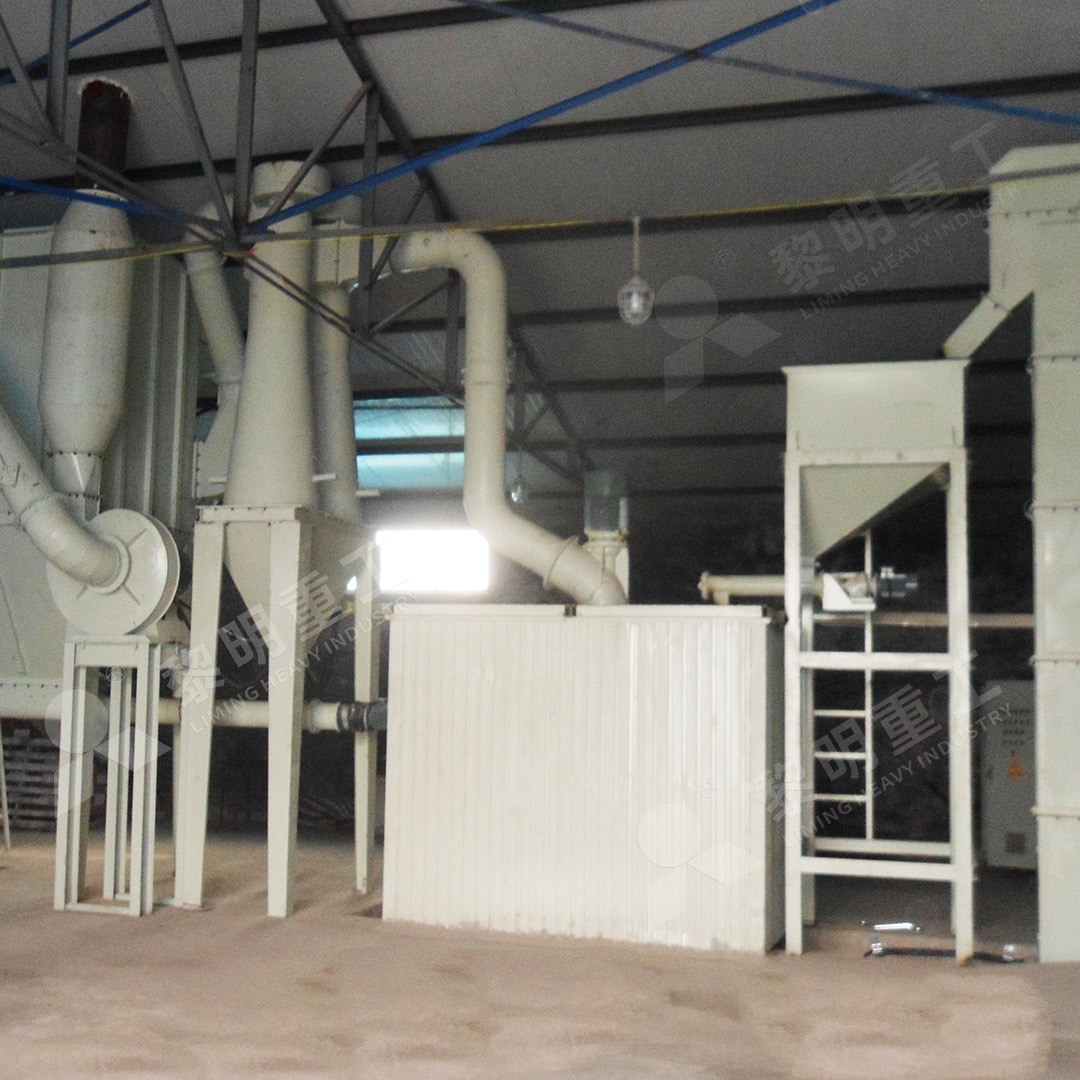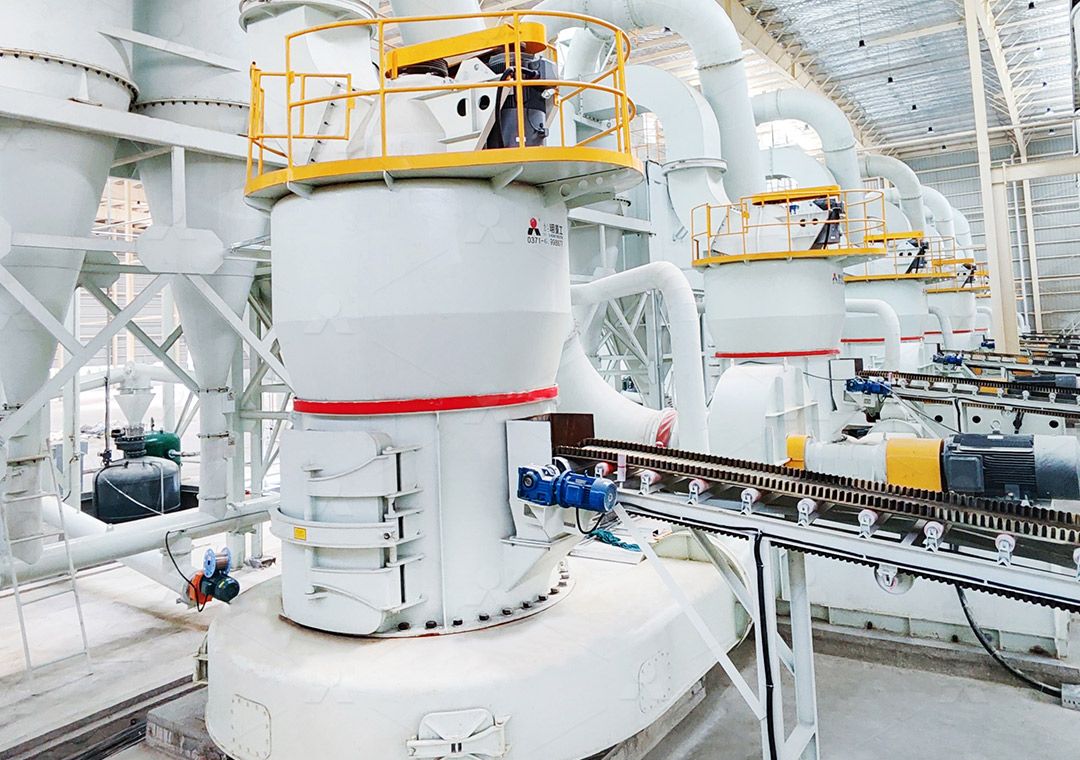Complete Set of Equipment for Hornblende Rock Grinding Production Line
Complete Set of Equipment for Hornblende Rock Grinding Production Line
Hornblende rock, a complex silicate mineral, presents unique challenges in grinding operations due to its variable hardness and abrasive nature. Designing an efficient production line requires careful consideration of equipment selection, process flow, and operational parameters. A well-configured hornblende grinding line must address specific requirements including particle size distribution, production capacity, energy efficiency, and environmental compliance.

The complete production system typically includes primary crushing equipment, feeding mechanisms, grinding mills, classification systems, dust collection units, and automated control systems. Each component must be precisely matched to handle hornblende’s specific characteristics while maintaining operational efficiency and product quality consistency.
Technical Considerations for Hornblende Processing
Hornblende’s Mohs hardness typically ranges between 5-6, placing it in the medium-hardness mineral category. However, its crystalline structure and variable composition can lead to uneven wear on grinding components. The ideal production line should incorporate wear-resistant materials in critical contact areas and implement efficient classification to prevent over-grinding of already-sized particles.
Moisture content management is another crucial factor, as hornblende can contain structural water that affects grinding efficiency. Modern grinding systems often integrate drying capabilities or pre-drying stages to optimize the milling process. The particle size distribution requirements for hornblende applications vary significantly depending on end-use, ranging from coarse aggregates to ultrafine powders for specialized industrial applications.
Recommended Equipment Solutions
For operations requiring ultrafine hornblende powders with precise particle size control, the MW Ultrafine Grinding Mill represents an optimal solution. This advanced mill system handles input sizes up to 20 mm with production capacities ranging from 0.5 to 25 tph. Its innovative design features higher yielding capacity with lower energy consumption compared to conventional grinding systems.

The MW mill’s cage-type powder selector, incorporating German technology, enables precise fineness adjustment between 325-2500 meshes with screening rates achieving d97≤5μm in a single pass. The absence of rolling bearings and screws in the grinding chamber eliminates common failure points, while the external lubrication system permits maintenance without production interruption. For operations prioritizing vertical integration and space efficiency, the LUM Ultrafine Vertical Grinding Mill offers complementary advantages with its 5-18 tph capacity and advanced powder separating technology.
Production Line Configuration
A typical hornblende grinding production line begins with primary jaw crushing to reduce raw material to manageable sizes. The crushed material then undergoes preliminary screening before being conveyed to intermediate storage. From there, controlled feeding systems deliver material to the grinding mill at optimal rates to maintain consistent operation and product quality.
The ground material proceeds to classification systems where precise particle size separation occurs. Oversize particles are returned to the grinding circuit while correctly sized product moves to collection systems. Modern production lines incorporate comprehensive dust collection, typically using pulse-jet baghouse filters, to maintain clean operation and comply with environmental standards.

Operational Advantages
Contemporary hornblende grinding systems offer significant advantages over traditional approaches. Energy efficiency improvements of 30-50% are achievable through optimized grinding mechanics and advanced classification technology. Automated control systems maintain consistent operation parameters, reducing operator intervention while improving product consistency.
The integration of comprehensive dust collection and noise reduction measures ensures compliance with increasingly stringent environmental regulations. Modern mills also feature improved accessibility for maintenance, reducing downtime and associated costs. The combination of these factors results in lower operating costs and improved return on investment over the equipment lifecycle.
Frequently Asked Questions
What is the typical energy consumption for a hornblende grinding production line?
Energy consumption varies with production scale and final product fineness. The MW Ultrafine Grinding Mill typically operates at 30% lower energy consumption compared to jet mills and 50% lower than traditional ball mills for equivalent output.
How does hornblende’s abrasiveness affect equipment longevity?
Hornblende’s moderate abrasiveness necessitates wear-resistant materials in grinding components. The MW mill addresses this through specially formulated grinding rolls and rings with service life 1.7-2.5 times longer than conventional materials.
What particle size ranges can be achieved with modern grinding systems?
Advanced systems like the MW Ultrafine Grinding Mill produce powders ranging from 325 to 2500 meshes (approximately 45 to 5 microns), with narrow particle size distributions achievable through precision classification.
How are environmental concerns addressed in grinding operations?
Modern systems incorporate pulse-jet dust collectors achieving 99.9%+ collection efficiency, combined with noise suppression technology to maintain workplace and environmental standards.
What maintenance requirements should be anticipated?
The MW mill’s external lubrication system and absence of internal bearings significantly reduce maintenance needs, with typical intervals of 2,000+ operating hours between routine servicing.
